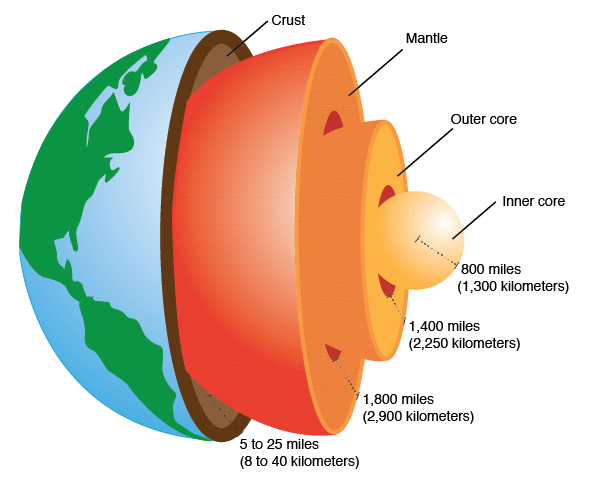 Understanding the deep interior of Earth and other planets requires experimental investigations of the physical and chemical properties of materials at extreme pressures and temperatures. For example, convection of the liquid iron-rich metal outer core produces Earth’s magnetic field, which is crucial for life. Still, little is known about the detailed chemical composition, viscosity, or melting behavior of the liquid outer core to adequately model and understand this phenomenon.
Understanding the deep interior of Earth and other planets requires experimental investigations of the physical and chemical properties of materials at extreme pressures and temperatures. For example, convection of the liquid iron-rich metal outer core produces Earth’s magnetic field, which is crucial for life. Still, little is known about the detailed chemical composition, viscosity, or melting behavior of the liquid outer core to adequately model and understand this phenomenon.
Plate tectonics is a direct consequence of the dynamic interior of the Earth, driven by heat exchange between the core and lower mantle. While the basic structure and mineralogy of the mantle and core are well-established, there are many unanswered questions about how heat and chemicals are exchanged between the core and mantle, and what effect light and volatile elements may have on the elastic properties of the minerals in the mantle.
SEES beamlines provide cutting-edge instruments with extremely bright, high-energy X-rays enabling Earth scientists from across the US and the world use SEES beamlines to investigate these sorts of fundamental questions about the physical and chemical composition and properties of materials and the extremely high-pressure and temperature conditions of the Earth’s interior.
